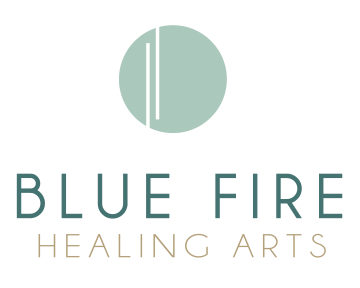Balancing the Body Without Needles
Chinese medicine is most well known for acupuncture, using very thin, flexible needles inserted at specific points on the body to heal from any number of diseases and health issues. What is not as well known is that acupuncture can also be performed without inserting needles.
There are ancient methods including non-inserting needles in the Japanese tradition, moxibustion, and acupressure massage, and modern methods such as lasers, vibrational tuning forks, point injection therapy, and essential oils.
Ancient Methods
One of the oldest books of acupuncture called the Ling Shu describes nine different types of needles, only one or two of which were actually meant to pierce the skin. When the Ling Shu and other classical Chinese medicine texts made their way to Japan the medicine adapted in that particular culture.
Whereas acupuncture in China has focused on the filiform (insertive) needle, acupuncture in Japan has mastered the non-insertive needles in the many schools of traditional Japanese medicine, such as Shonishin, and Toyohari.
Teishin

There are many dimensions to the methodology and practice of traditional Japanese acupuncture, but I want to just to touch on a personal favorite tool of mine, the teishin.
A teishin is an elegant non-inserting tools made from copper, silver or gold. It is meant to gently stimulate acupuncture points, relieve muscle tension and knots, and to help balance the whole body. Gold and copper can be more tonifying, silver more sedating, but often it depends the method used that determines the result.
Teishin can be used very gently on points, brushed along channels, and even as a diagnostic tool for the practitioner to “read” the state of the given points or channels.
Minimal Intervention
Any practical medicine should be a good balance of science and an art. There is a science and methodology of acupuncture, it has its own complex system of anatomy, physiology, pathology, diagnosis, and treatment.
The art of practicing the medicine is connecting with the patient through listening, empathy, and touch. I am in continual awe of the human body, and its ability to respond to minimal intervention in the form of gentle stimulation of the acupuncture points.
